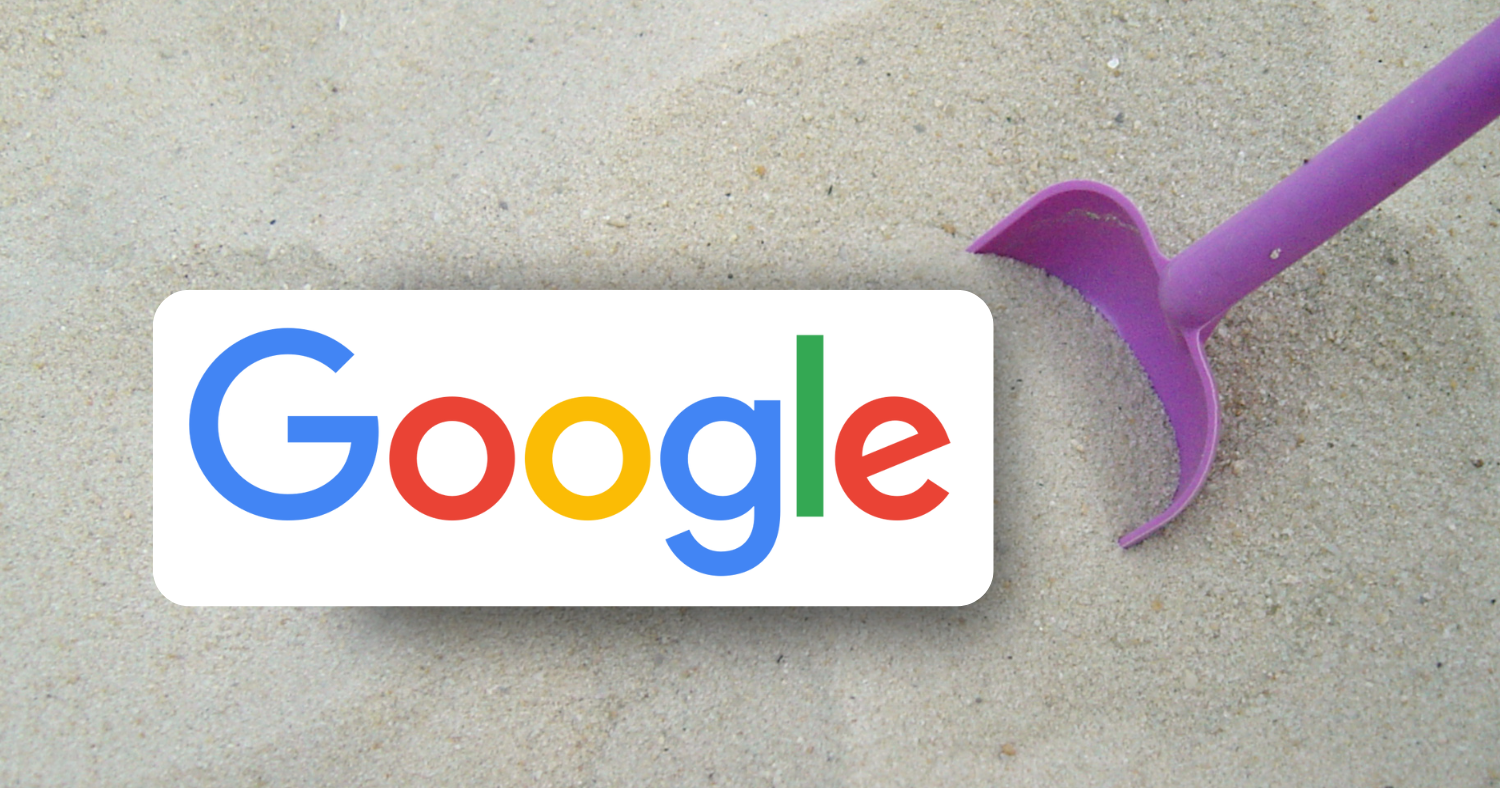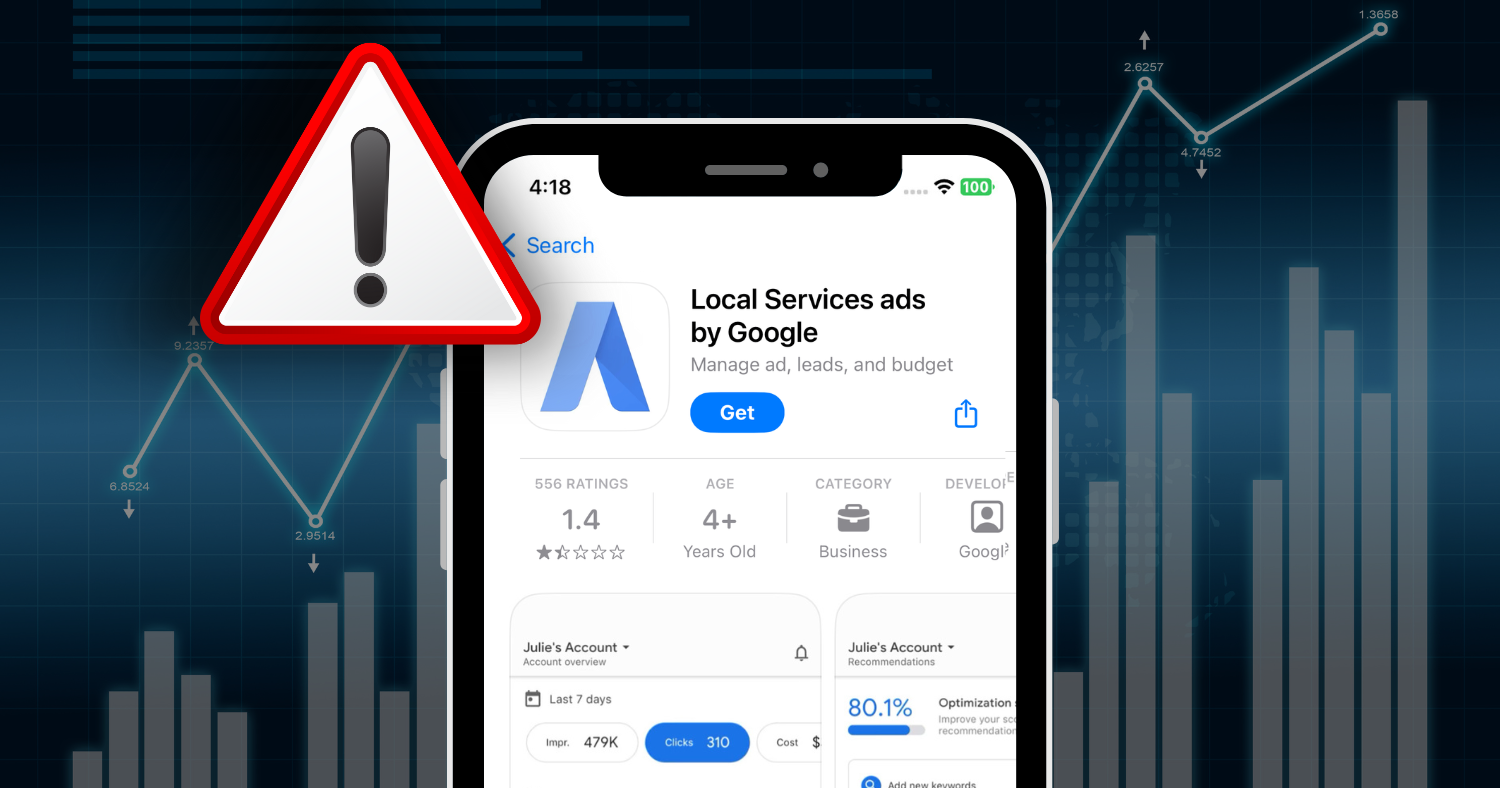
If you've recently launched a website for your restoration business and are struggling to rank on Google, you might be experiencing what’s known as the "Google Sandbox" effect. While Google has never officially confirmed its existence, many SEO experts believe that new websites go through a probationary period where they don’t rank well in search results, even if they follow best practices.
For restoration contractors, this can be frustrating, especially when you need to generate leads quickly through local SEO. Understanding how the Google Sandbox works and how to navigate it can help you accelerate your website’s success and attract potential customers faster.
Where Does the Term “Google Sandbox” Come From?
The term "Google Sandbox" originates from the SEO community and is used to describe an unconfirmed Google algorithm effect where new websites appear to be temporarily restricted from ranking well in search results, even if they have good content and SEO practices.
Origins of the Phrase
The term "sandbox" is borrowed from the concept of a controlled environment for testing - much like how a sandbox environment is used in software development or cybersecurity to isolate changes.
Around 2004, SEO professionals noticed that new websites, despite strong optimization and backlinks, were struggling to rank in Google search results. The theory was that Google placed new websites in a "sandbox" or probationary period to prevent them from manipulating rankings with spammy or artificial SEO tactics. The idea is that this filtering effect ensures only high-quality sites naturally gain authority and rank over time.
How Does the Google Sandbox Affect Your Website?
The Google Sandbox is believed to temporarily prevent new websites from ranking highly in search results, even if they are optimized for SEO. This effect is most noticeable in competitive industries, such as water damage restoration and roofing, where Google takes extra time to assess the credibility and authority of new sites before ranking them alongside established competitors.
Limited Visibility in Search Results
One of the biggest signs that your website is in the Sandbox is a lack of visibility for high-value keywords. Even if your site is well-optimized, you may find that you’re stuck on page three or beyond, making it difficult for potential customers to find you.
Lower Organic Traffic
Because your site isn’t ranking well, your organic traffic will likely be lower than expected. This can slow down lead generation efforts and make it harder to get early traction in your local market.
Slow Ranking Improvements
Unlike established websites that can climb search rankings relatively quickly, a new website may take weeks or even months before it sees significant movement. This slow progress can make it seem like your SEO efforts aren’t working, but patience and strategic planning can help.
Why Does Google Sandbox New Websites?
There are several theories as to why Google applies a "Sandbox" effect to new websites. The main reason is that Google wants to prevent low-quality or spammy sites from gaming the system and ranking too quickly. Here are some potential factors contributing to the Sandbox effect:
- Trust and Authority:Google prefers to rank websites with an established online presence, as they are more reliable.
- Backlink Profile:If your website has few or no backlinks, Google may take longer to consider it authoritative.
- Content Maturity:Google wants to ensure that your content is valuable and not just created for quick ranking purposes.
- User Engagement Metrics:New websites have limited data on user engagement (such as bounce rates and time on site), which Google uses to determine ranking potential.
Proven Strategies to Get Your Restoration Website Out of the Google Sandbox Faster
While the Sandbox effect can be frustrating, there are strategies restoration businesses can use to speed up the ranking process and establish credibility in Google’s eyes.
1. Publish High-Quality, Relevant Content
Content is one of the biggest factors that influence rankings. Focus on creating detailed, informative blog posts, service pages, and FAQs that answer common customer questions. Topics like "How to Prevent Water Damage in Your Home" or "The Benefits of Professional Mold Remediation" can showcase your expertise and attract traffic.
2. Build a Strong Backlink Profile
Backlinks (links from other reputable websites to your site) are a major ranking factor. You can acquire backlinks by:
- Getting listed on local directories and restoration industry websites.
- Writing guest posts for reputable industry blogs.
- Earning mentions in local news or business publications.
3. Optimize for Local SEO
Since most restoration companies serve a specific area, optimizing for local SEO is essential. Be sure to:
- Claim and optimize your Google Business Profile.
- Get listed in local directories like Yelp, Angi, and HomeAdvisor.
- Use location-based keywords like "water damage restoration in [City]" throughout your content.
4. Improve User Experience and Engagement
Google prioritizes websites that provide a great user experience. Ensure your site loads quickly, is mobile-friendly, and is easy to navigate. Encourage customer interaction by including clear calls to action, live chat options, and customer testimonials.
5. Promote Your Website on Other Channels
While waiting for organic rankings to improve, use other channels to drive traffic to your site. Consider:
- Running Google Adsfor targeted keywords.
- Sharing blog posts and promotions on social media.
- Sending email newsletters to potential customers.
6. Monitor and Adjust Your Strategy
Using Google Analytics 4 (GA4)and Google Search Console, track your website’s performance. Look for gradual improvements in rankings and traffic, and adjust your strategy based on data insights.
How Long Does the Google Sandbox Last?
Many SEO experts today believe Google’s algorithms rely more on factors like trust signals, user behavior, and content authority rather than a strict "sandbox" effect.
However, new websites still tend to take time to rank, which could be due to a combination of indexing, domain age, and Google’s machine learning evaluation process. There’s no exact timeframe for how long the Sandbox effect lasts, but most websites start seeing improvements within three to six months. However, the more effort you put into SEO and building authority, the faster you’ll see results.
Final Thoughts
While the Google Sandbox can delay your website’s rankings, it shouldn’t discourage you from investing in SEO. You can accelerate your website's growth and establish a strong online presence by focusing on high-quality content, local SEO, backlinks, and user engagement.
As a restoration business, the sooner you gain visibility, the sooner you can attract more leads and grow your customer base. At Vinnie Mac Restoration Marketing, we specialize in helping businesses like yours navigate the complexities of SEO and online marketing. Stay patient and stay consistent, and your website will eventually climb the search rankings.
contact us
By filling out the form below




